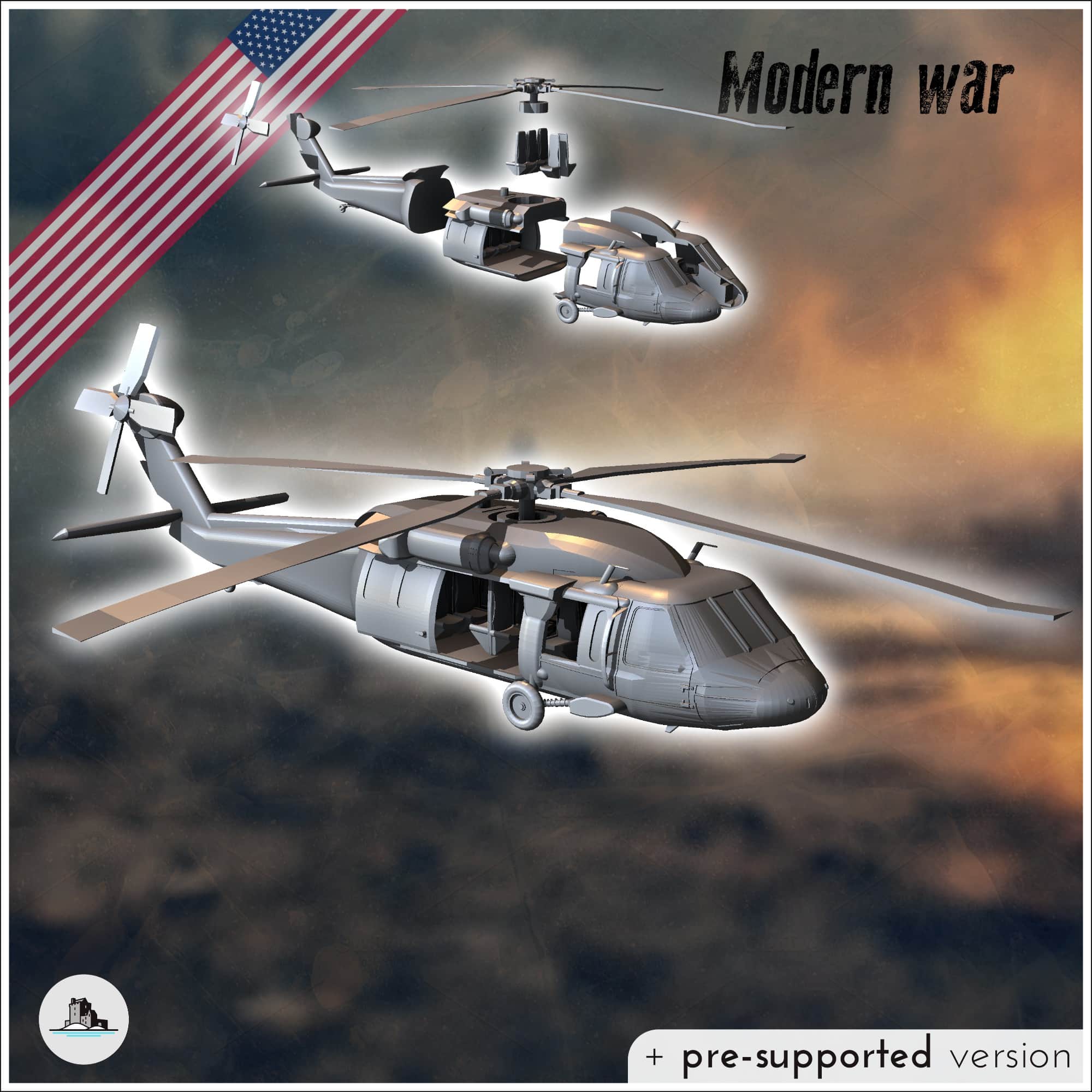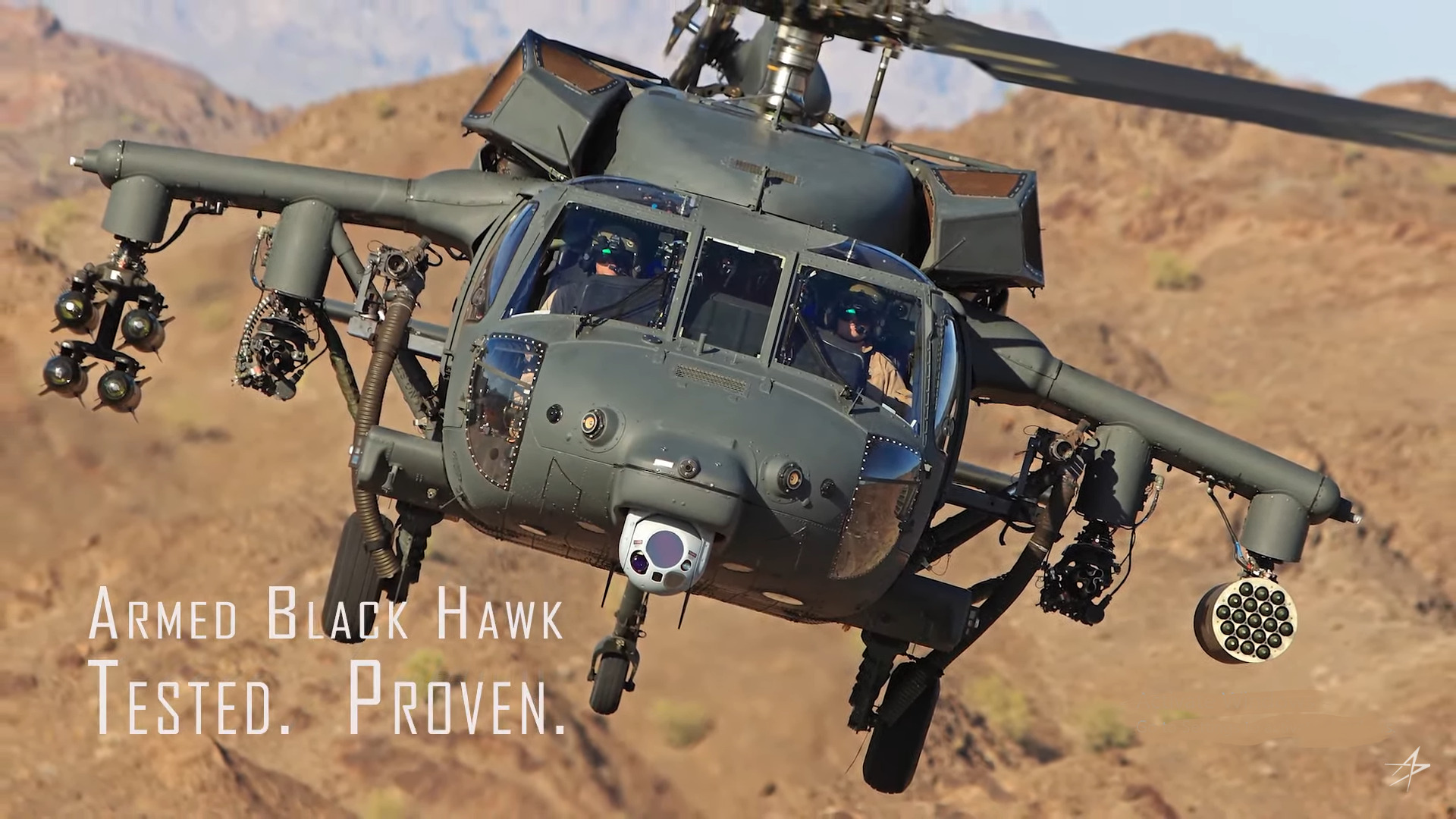UH 60 Helicopter: How It Continues to Shape Air Mobility and Combat Missions
UH 60 Helicopter: How It Continues to Shape Air Mobility and Combat Missions
Blog Article
Checking Out the Background and Evolution of the UH 60 Helicopter

Origins of the UH-60
The beginnings of the UH-60 helicopter can be mapped back to the late 1960s, a period noted by the requirement for a functional utility aircraft that can adjust to the evolving demands of contemporary war. The united state Military identified the requirement for a substitute for the older UH-1 Iroquois, which was becoming increasingly inadequate for the intricacies of contemporary fight situations. In 1967, the Army initiated the Utility Tactical Transport Aircraft System (UTTAS) program, which looked for to create a multi-role helicopter efficient in various missions, including army transportation, clinical discharge, and logistical assistance.
The UH-60 Black Hawk was presented, showcasing cutting-edge layout aspects and progressed innovation that set it apart from its predecessors. The UH-60 promptly acquired acknowledgment for its robust performance, reliability, and adaptability, leading the way for its comprehensive use in armed forces operations and strengthening its condition as a cornerstone of U.S. Military air travel.
Trick Style Attributes
Ingenious style functions of the UH-60 Black Hawk considerably contribute to its operational performance. Among one of the most noteworthy elements is its twin-engine configuration, which improves reliability and supplies a higher power-to-weight ratio, making it possible for the helicopter to carry out under numerous problems. The aircraft's four-blade main rotor system uses improved lift and maneuverability, necessary for tactical missions.

Furthermore, the cabin is created for ideal visibility and comfort designs, featuring sophisticated avionics that streamline pilot procedures. The modular layout of the UH-60 enables very easy upkeep and adaptability, making it appropriate for various mission accounts, from troop transportation to medevac procedures. These key style functions make certain that the UH-60 Black Hawk remains a dependable and functional asset in armed forces aviation, efficient in meeting the demands of modern-day war.
Technical Developments
Current technological developments in the UH-60 Black Hawk have dramatically enhanced its operational capacities and versatility. The combination of advanced avionics, such as digital trip control systems and boosted situational awareness display screens, allows pilots to operate with enhanced precision and effectiveness. These systems facilitate improved navigating, interaction, and data sharing, making it possible for the helicopter to function efficiently in varied settings.
Furthermore, the intro of composite products has actually minimized the overall weight of the airplane while keeping architectural honesty. This decrease enhances fuel effectiveness and prolongs operational variety. The consolidation of innovative blades modern technology, consisting of the usage of four-blade, fully articulated rotor systems, has improved lift performance and maneuverability, enabling far better handling in different flight have a peek here conditions.

Furthermore, advancements in propulsion systems, such as the T700-GE-701D engines, have raised power result and integrity - uh 60. These engines add to remarkable performance in high-altitude and hot-weather problems
Finally, the integration of self-defense systems and improved sensing unit packages boosts the Black Hawk's survivability and objective efficiency. Collectively, these technological enhancements guarantee that the UH-60 Black Hawk remains an essential property in modern-day aeronautics, with the ability of adapting to the advancing needs of humanitarian and army objectives.
Duty in Military Operations
As the foundation of united state Army air travel, the UH-60 helicopter plays a crucial role in numerous army procedures, acting as a flexible system for combat support, transportation, and medevac missions - uh 60. Its layout integrates the ability to operate in varied environments, making it crucial for army activity and logistical support in both standard and unique war

In medical evacuation circumstances, the UH-60 has actually shown very useful, substantially minimizing the time to transport damaged soldiers from the battlefield to clinical facilities. Its advanced avionics and evening vision abilities additionally make certain objective success under challenging problems. In general, the UH-60 helicopter remains a vital property, constantly adapting to fulfill the developing demands of army procedures and boosting the performance of united state pressures worldwide.
Future of the UH-60
Looking ahead, the future of the UH-60 helicopter entails considerable advancements in innovation and capabilities created to enhance its functional effectiveness. As armed forces operations advance, the UH-60 is expected to include advanced modern technologies, including boosted avionics, enhanced tools systems, and progressed communication tools. These enhancements will certainly enable greater situational recognition and goal versatility, making certain that the UH-60 stays a crucial property click on the field of battle.
One notable advancement is the combination of fly-by-wire systems, which will certainly boost flight control precision and minimize pilot work. Furthermore, efforts to upgrade the airframe and engines aim to enhance haul, rate, and range capacity, consequently expanding the helicopter's operational extent (uh find more info 60).
The future additionally holds assurance for increased interoperability with unmanned airborne systems (UAS), enabling coordinated missions that utilize both manned and unmanned capacities. Additionally, the consolidation of man-made intelligence and device learning could enhance flight characteristics and maintenance processes, causing decreased operational expenses.
Final Thought
The UH-60 Black Hawk helicopter stands for a considerable achievement in armed forces air travel, evolving from the united state Army's first requirements for a versatile energy airplane. Its innovative style attributes and continual technical innovations have actually ensured its importance in different army procedures over the decades. As the demands of modern war adjustment, the future of the UH-60 will likely involve more improvements and adjustments, reinforcing its status as a crucial property for armed forces worldwide.
The UH-60 Black Hawk helicopter represents a substantial turning point in army aeronautics, emerging from the United state Army's pursuit for an extra flexible and dependable utility aircraft in the late 20th century.The beginnings of the UH-60 helicopter can be traced back to the late 1960s, a period marked by the requirement for a flexible utility aircraft that can adapt to the advancing demands of contemporary war. In general, the UH-60 helicopter continues to be an important property, constantly adjusting to meet the progressing demands of military procedures and enhancing the efficiency of United state forces worldwide.
Looking ahead, the future of the UH-60 helicopter involves considerable advancements in innovation and capacities created to boost its functional performance.The UH-60 Black Hawk helicopter represents a considerable accomplishment in armed forces aeronautics, developing from the United state Army's first needs for a functional utility aircraft.
Report this page